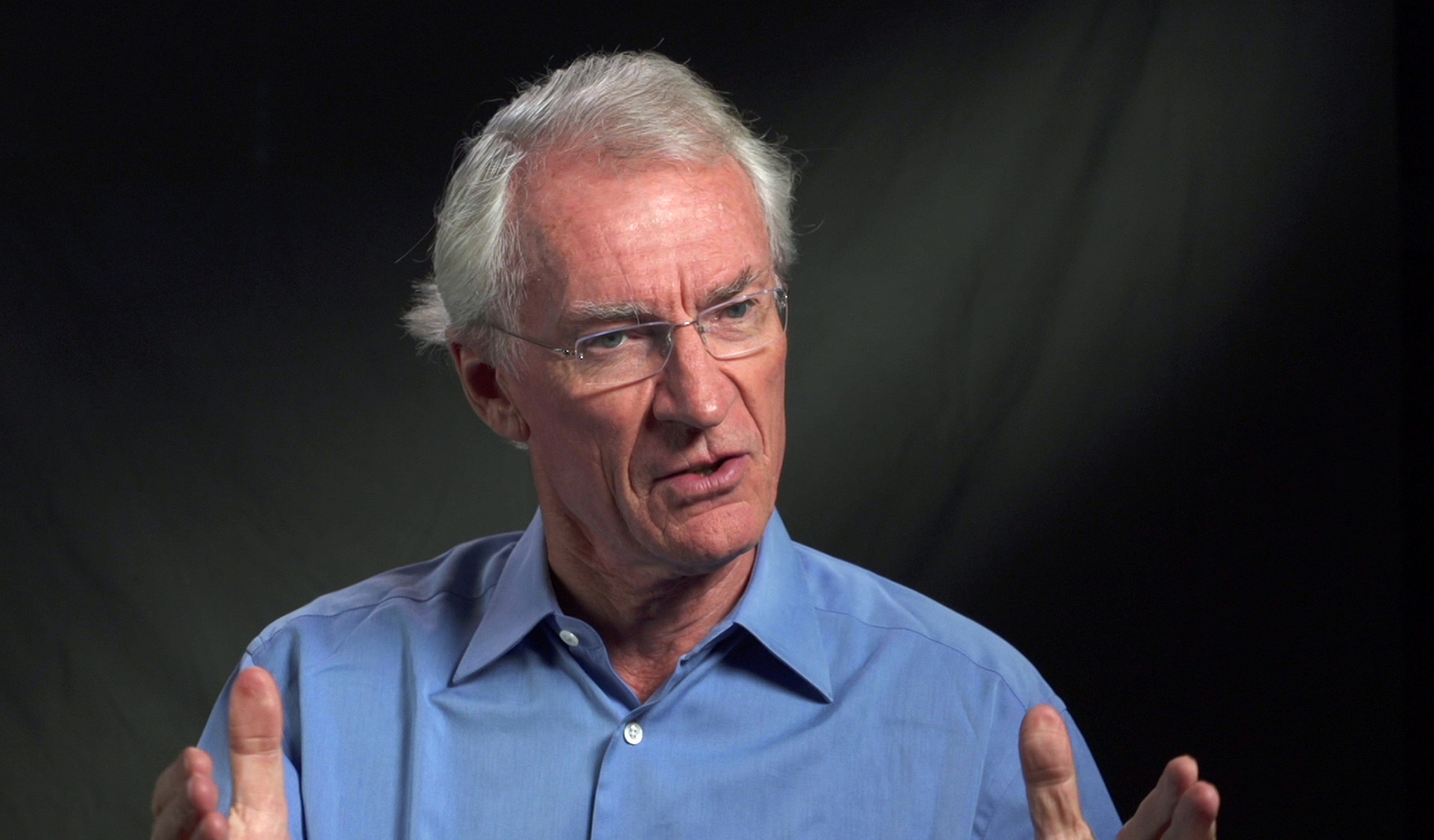
The ability to innovate quickly and frequently is par for the course at startups and small businesses because their size makes them inherently nimble. But what is it like to try to innovate at the largest entertainment company in the world?
At the Walt Disney Company, innovation has been part of the DNA since the early days, when Walt Disney was using animation in ways it had never been used before and inventing the modern-day theme park.
“At the most basic level innovation has played a role in the competitive advantage of this company throughout its history,” says Disney Chief Operating Officer Tom Staggs, MBA ’87. “And innovation is critical to extending it.”
Staggs, a 25-year veteran of the Walt Disney Company, became its COO in February 2015. He was chief financial officer for 12 years and, in 2010, became chairman of Disney Parks and Resorts. During his tenure, Staggs more than doubled theme park profit, growing it from $1.4 billion in 2009 to more than $3 billion in 2015, and he spearheaded ambitious, innovative changes.
One currently underway is the creation of an addition to Disney’s Animal Kingdom theme park based on the film Avatar. In early discussions, Staggs and Disney CEO Bob Iger suggested to Avatar’s producer Jon Landau and director James Cameron that they create an entirely immersive experience for visitors because the material on which they were basing it was so rich — the mystical, elaborately beautiful world of Pandora. In 2014, the company began construction on the project. “Creating an entire land that allows people to visit the fictional Pandora and ride on a banshee taps directly into how we think about innovation,” says Staggs, “as something critical for staying relevant to audiences.”
Possibly the most game-changing innovation at Disney in recent memory has been the introduction of MyMagic+ in 2014. MyMagic+ is a visitor management system that lets guests plan in advance the attractions and rides they want to visit and make reservations for them, so they aren’t waiting in long lines or sprinting from one attraction to the next in order to squeeze in as much as they can. “At the end of the day, our product is not the castle, or the tea cups or the physical things we build. Our product is the guest experience,” Staggs says. “That’s what keeps people coming back.”
Yet even if the entire company understands the importance of the guest’s experience, making changes to improve and support it isn’t easy. At a company as massive as Disney and with its entrenched processes, it can be challenging to get people to move beyond their comfort zone, Staggs says. “When you find something that works, the inclination is to repeat it. That translates to doing what we did yesterday, and that’s not the way to succeed,” he says.
In fact, that’s why the team developing MyMagic+ did so in isolation, to a certain extent, so that the fear of — and pushback against — change would not affect their ability to innovate. “We wanted the team to be able to incubate their idea, and when we were satisfied they were onto something we believed could be transformative, then we would tell people about it,” he says.
The way the company was able to implement such a sweeping change, one that impacted more than 74,000 employees and 28,000 acres of land, was by tying it back to the mission. “MyMagic+ was changing the way we had done things for many, many years, and that’s scary for people,” says Staggs. “So we spent a great deal of time relating the changes we were making to how they would positively impact the guest experience.”
As a manager, Staggs has tried to get people to embrace the notion of “constructive discomfort,” or understanding that pushing one’s own boundaries is part of creativity and innovation. “If you’re feeling really comfortable doing your job, then you’re not pushing yourself enough,” he says. Disney’s leadership encourages employees at every level and in every area to bring forth innovative ideas. Successful innovation is recognized and celebrated in a variety of ways, including annual Disney Innovator and Disney Inventor awards. Staggs says he has also found it important to remind people that innovation happens everywhere in an organization, not just by those in roles defined specifically as “creative.”
The other more important move a manager must make is to put the right people into the right roles, and then give them the freedom to run with their ideas. “Of course, it’s also really critical to set the bar for excellence high because it pushes people in ways that bring out not just their best work, but also satisfaction in their accomplishments,” he says. “And few things are more important than that.”



